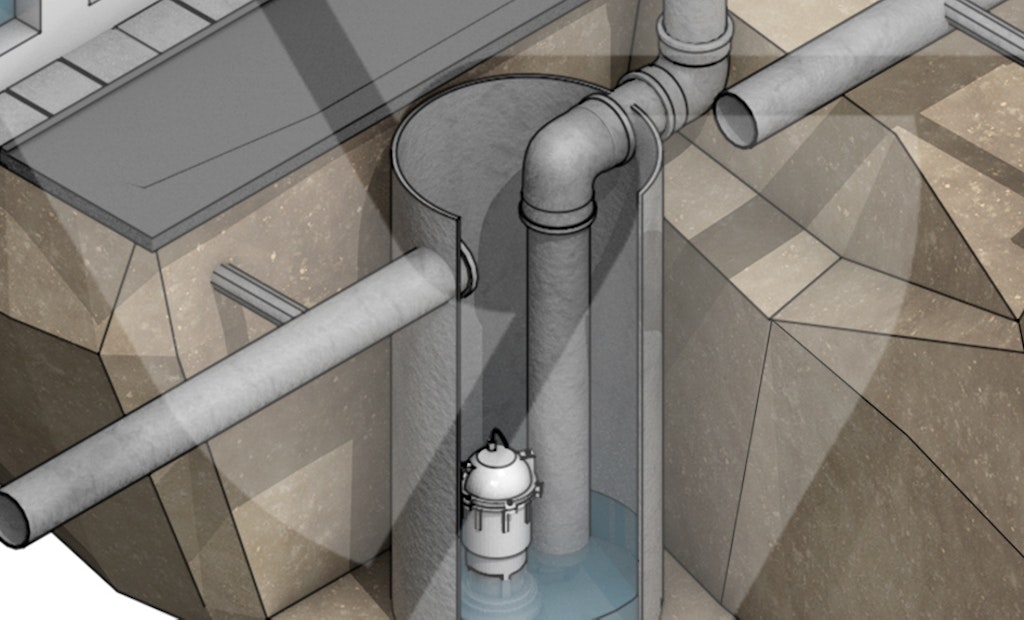Interested in Inspection?
Get Inspection articles, news and videos right in your inbox! Sign up now.
Inspection + Get AlertsThe components of a sewer system are referred to as assets. Examples of sewer utility assets include sewer mains, interceptors, manholes, pump stations, force mains, culverts and catch basins.
Pump stations are used to lift wastewater when there is not enough difference in elevation to rely on gravity, or when a source sewer is below the receiving sewer. The receiving sewer may be a gravity sewer or a force main. Pump stations provide a reliable solution in areas where gravity can’t be used to transport wastewater, due to the topography of the land or the layout of local infrastructure. And they provide a more affordable and far less disruptive solution than excavating to install gravity sewer lines.
Want to learn more about other sewer system components? Sewer Maintenance 101 from Envirosight is the free guide to collections systems you’ve always needed. From causes of pipe failure to inspection technology to regulations, it explains all the fundamentals. And the new second edition includes updated industry standards, more topics and new illustrations.
Visit the Envirosight Storefront






